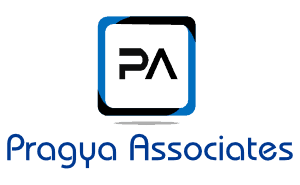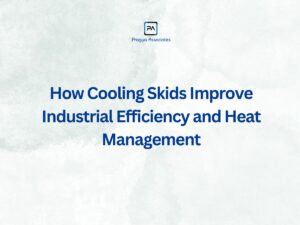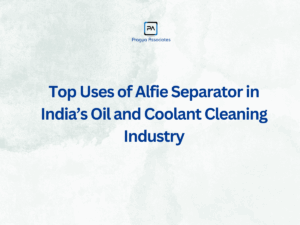Alfa Laval is a world leader in heat exchangers. Here, we will tell you everything you need to know about Alfa Laval heat exchangers.
Alfa Laval heat exchangers are used in various industries for heating and cooling. Alfa Laval’s products are used in the food, marine, chemical, pharmaceutical, and power industries.
To understand how Alfa Laval heat exchangers work, it is important first to understand what a heat exchanger is. A heat exchanger is a piece of equipment used to transfer thermal energy from one medium to another. The most common type of heat exchanger is the shell and tube heat exchanger, which consists of a series of tubes placed inside a larger shell. Fluids can flow through the tubes, and heat can be transferred from one fluid to another.
Alfa Laval is a leading manufacturer of shell and tube heat exchangers. Alfa Laval heat exchangers are used in a wide variety of industries, including the food and beverage industry, the pharmaceutical industry, and the petrochemical industry. Alfa Laval has a long history of innovation, and its heat exchangers are some of the most efficient on the market.
Now, let’s move forward to know how Alfa Laval Heat Exchangers work:
Alfa Laval heat exchangers work by transferring heat from one fluid to another fluid without the two fluids coming into contact with each other. It uses a series of metal plates placed inside the heat exchanger. The two fluids flow on either side of the plate, and as the fluids flow, heat is transferred from one fluid to the other.
Alfa Laval offers both freshwater/seawater and Air Cooled condensers. The company manufactures brazed plates, plate-and-frame, and welded plate heat exchangers. Each type of heat exchanger has its advantages and disadvantages, and it is important to select the right type for your specific application.
There are three Alfa Laval heat exchangers: air-cooled, shell-and-tube, and plate-and-frame. Each type of heat exchanger has advantages and disadvantages that make it better suited for certain applications than others.
- Air-cooled heat exchangers are typically used for small-scale applications or when there is not enough space for a shell-and-tube or plate-and-frame heat exchanger.
- Shell-and-tube heat exchangers are the most common type of heat exchanger. They are typically used for large-scale applications or when there is a need for high thermal efficiency.
- Plate-and-frame heat exchangers are typically used for applications where there is a need for a compact design or when the fluids being heated or cooled are corrosive.
There are many advantages to using Alfa Laval heat exchangers. Some of these include:
- Increased Efficiency: Alfa Laval’s plate design provides a larger surface area for heat transfer, which results in increased efficiency. Additionally, their gasketless plate design eliminates the need for gaskets, which can leak and cause problems.
- Compact Design: Alfa Laval’s compact design saves space and makes its heat exchangers easy to install. Additionally, their self-cleaning ability reduces maintenance costs.
- Energy Savings: Alfa Laval’s low-pressure drop design reduces pumping costs and energy consumption, which results in significant energy savings.
Alfa Laval is a leading manufacturer of high-quality shell and tube heat exchangers. Alfa Laval heat exchangers are used in a wide variety of industries, including the food and beverage industry, the pharmaceutical industry, and the petrochemical industry. Alfa Laval has a long history of innovation, and its heat exchangers are some of the most efficient on the market. Alfa Laval is definitely worth considering if you need a reliable and efficient heat exchanger.




